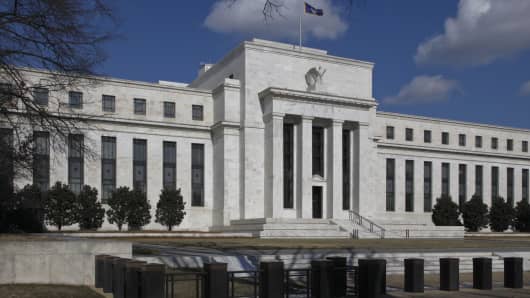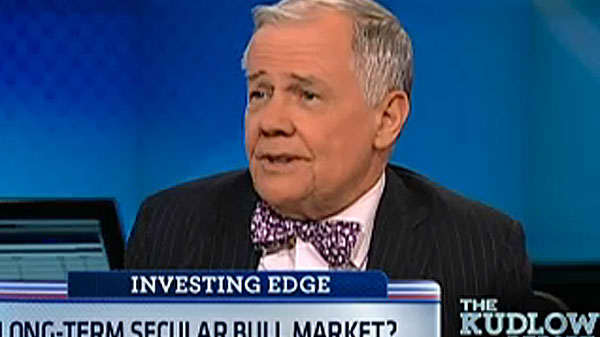Depending on your point of view, global central bank policies either are going to imperil financial markets or simply propel prices to a place beyond imagination.
The answer, though, could be both.
Investing professionals, even the best and brightest, can't seem to make up their minds whether the U.S. Federal Reserve and its global brethren are the salvation or the doom of capital markets.
They're just trying to survive under conditions they say they've never seen before.
The Fed alone has sent its balance sheet to the $3 trillion mark in freshly created money, while central bank easing has been aggressive as well in Europe, China, Japan, and elsewhere
"All asset classes have an upward bias now — precious metals, stocks, bonds, real estate, art. That upward bias is robust and we have not experienced anything like it in our lifetimes," said David Kotok, chief investment officer at Cumberland Advisors. "The limit to which those prices can rise is beyond our normal imagination. It's huge."
That, however, is not the talk of a raving bull trying to pump up the markets. It's merely the observation of an investing veteran who believes markets are being manipulated to historic levels, putting investors in a place where they can only ride the tide — at their own future peril.
(Read More: What Will It Take to Get the Fed to Stop Easing?)
"The single most important thing for everybody in this room and everybody in the investment climate boils down to one simple issue: When does zero interest go away, by how much, and what are the early warning signs," Kotok said at the Inside ETFs conference presented by Index Universe.





